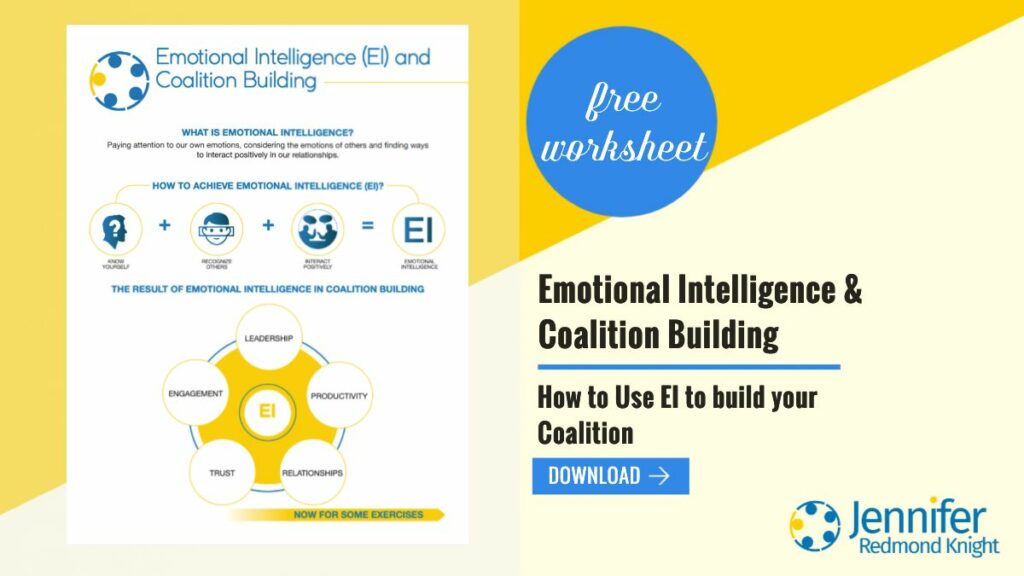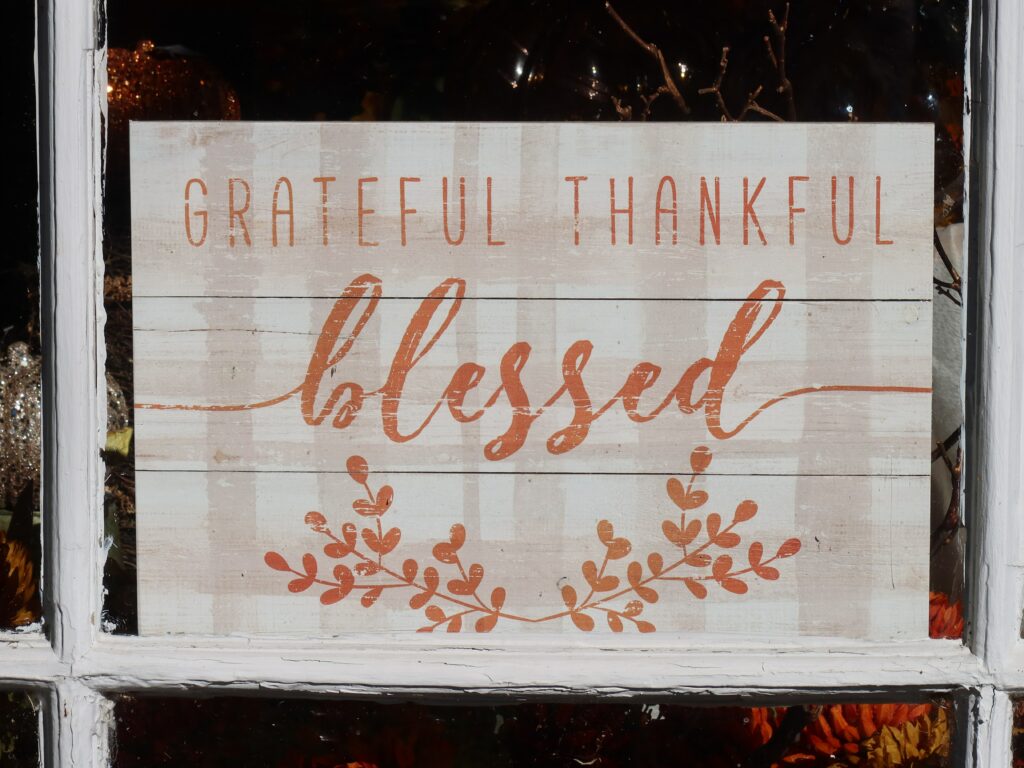One of my favorite holidays has always been Thanksgiving. Since our rainbow baby was born just a few days after Thanksgiving almost six years ago, I am especially thankful this time of year. In our coalition work, we can easily become overloaded with a never-ending to-do list, unrealistic expectations (of ourselves and others) and the struggle with engagement that we forget to focus on thankfulness. While there will always be things that can be improved and partners we would like to engage, we can also find opportunities for gratitude. Join me this week as I highlight three ways to practice thankfulness in our coalitions.
Create a ritual
One of the best ways to incorporate thankfulness into our days and weeks is to create a ritual and connect it to something we do consistently. As I have mentioned previously, one of my favorite resources for coalition work and life is my Full Focus Planner. Within the planner, there are opportunities to create rituals as you begin and end your day as well as beginning and ending your workday. You may want to begin each morning reflecting on thankfulness as you drink your morning coffee or perhaps you look at your plan for the day and before you start checking email, you spend 2-3 minutes reflecting on what you are thankful for in your coalition. You may find it more helpful to end your workday or overall day with thankfulness or maybe this is part of your lunch practice. One of my most recent rituals is my Friday morning “thinking time.” During this time, I go for a walk and then come back to my computer and write thoughts, ideas, plans and things I am thankful for during the week. Figure out what works best for you in your current season and create a ritual of thankfulness.
Be specific
When practicing thankfulness, be specific. Consider people who have supported the work of the coalition, volunteered their time, provided encouragement or shared resources. Think of specific examples of communication, coordination or collaboration. Reflect on meetings where people actively contributed, willingly took minutes, proactively took responsibility or followed-through in a timely manner. When you are specific, you are able to see opportunities for thankfulness more clearly.
Make a list
As you practice being specific during your ritual of thankfulness, make a list of all the people and things that come to mind during your thankfulness reflection. Write them in a notebook, journal, note on your phone or document in your computer. As you keep adding to your list, you will naturally think of more people and things to be thankful for in your coalition and in other areas of your life. When your coalition work gets overwhelming and exhausting, take time to pause and review your list. This will give you energy, perspective and encouragement to stay focused on the important work of doing more together than you could ever do on your own.
What about you? How can you incorporate a thankfulness ritual in your week?
One of the concepts that is connected to thankfulness is Emotional Intelligence. Download my free resource on Emotional Intelligence and Coalition Building!


